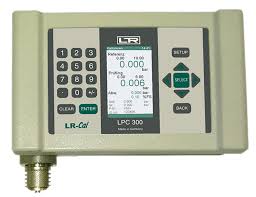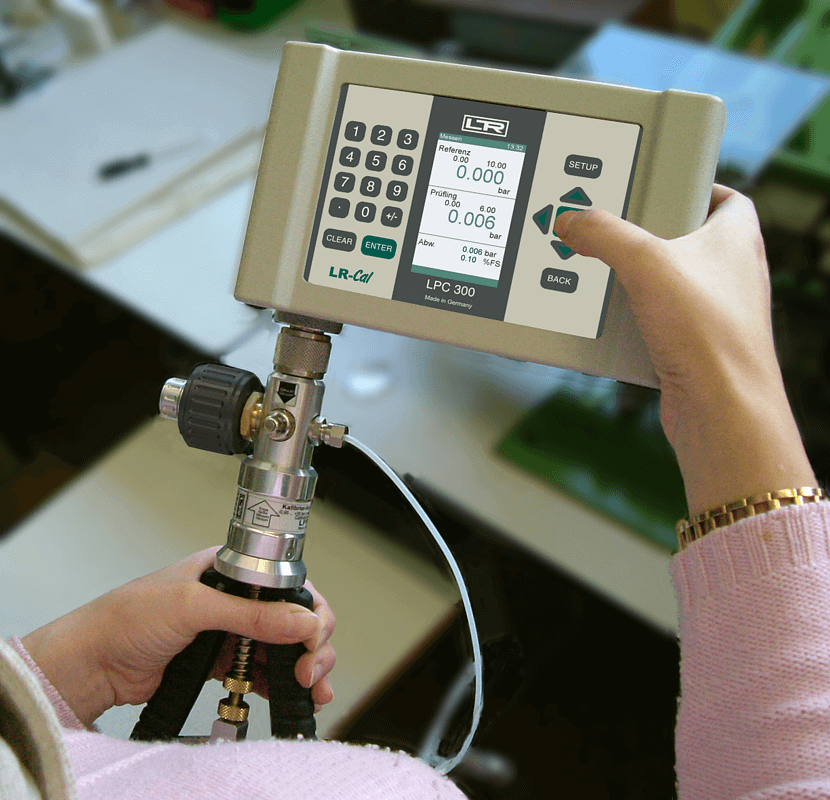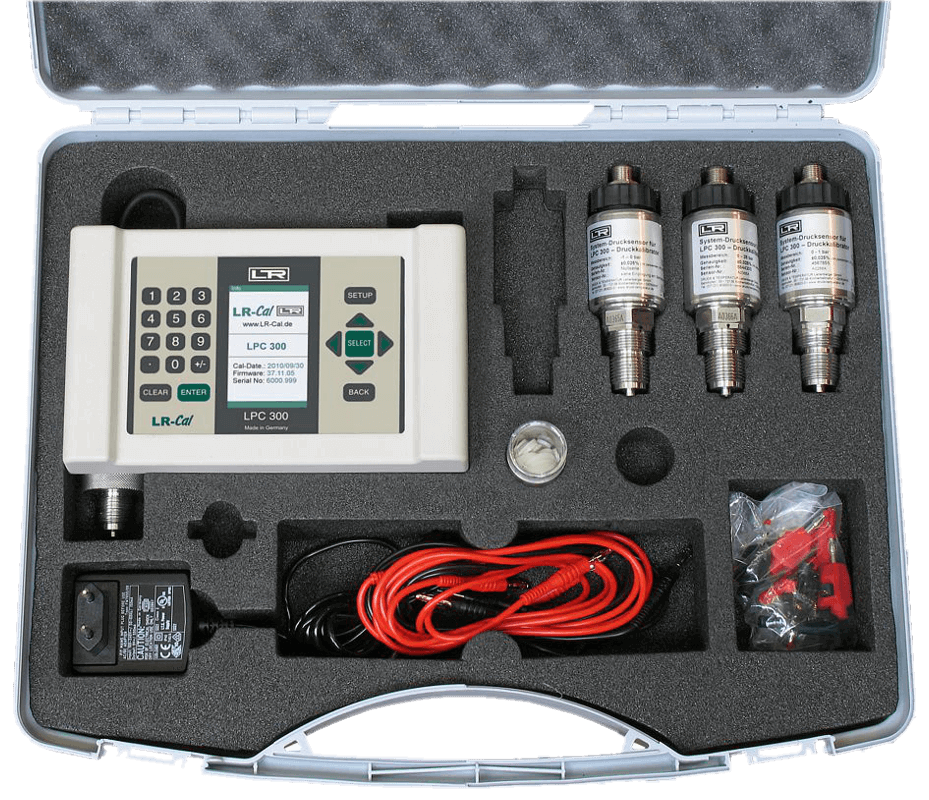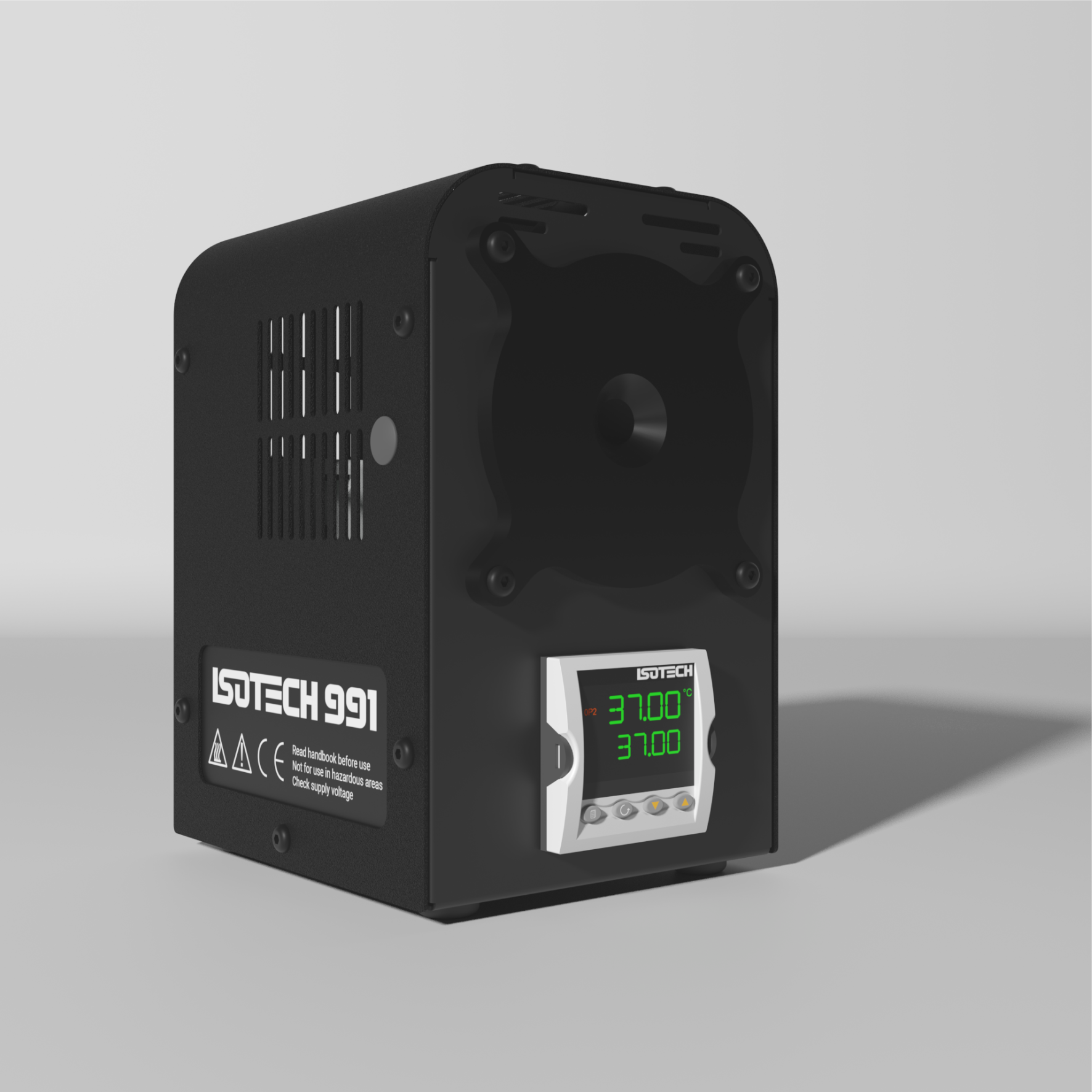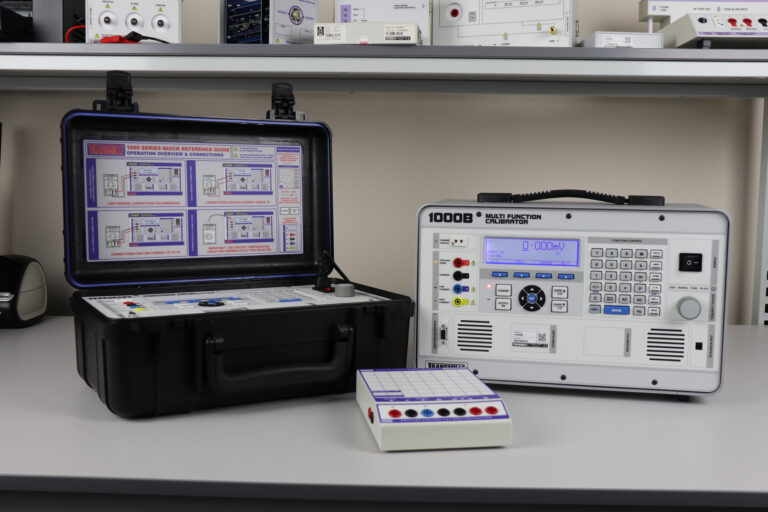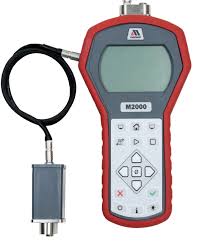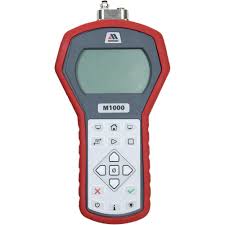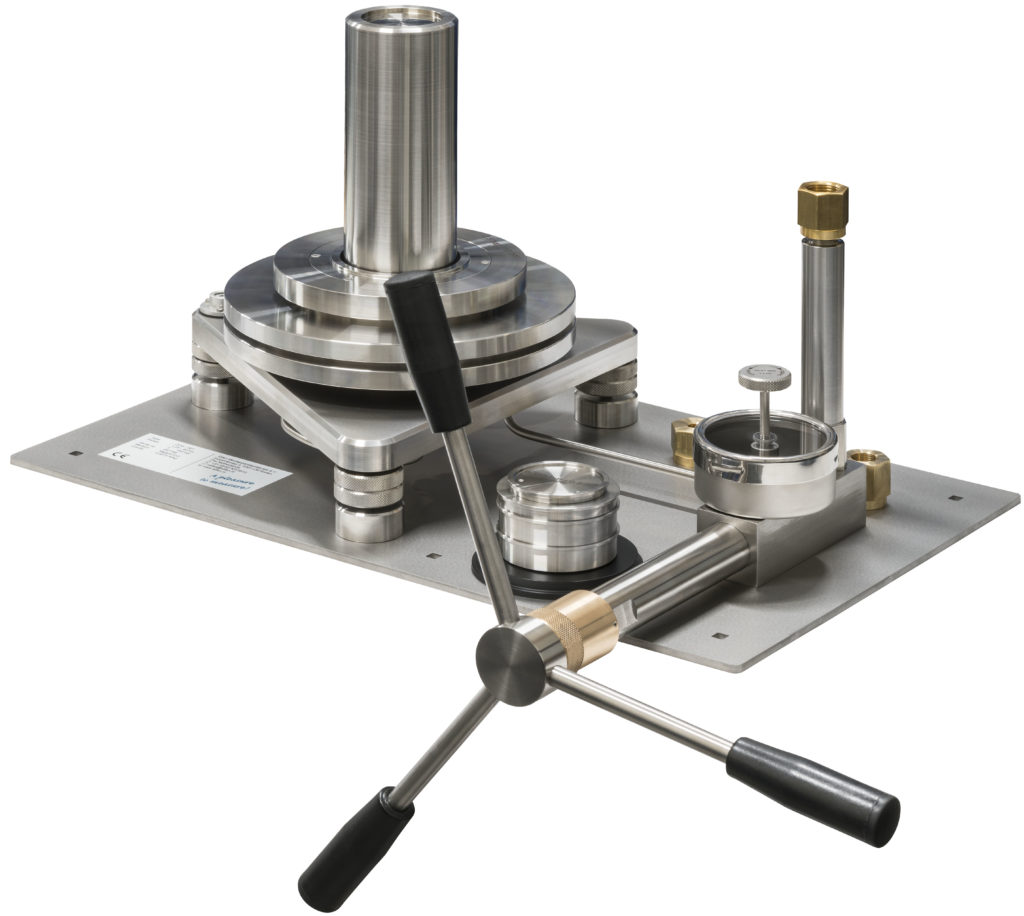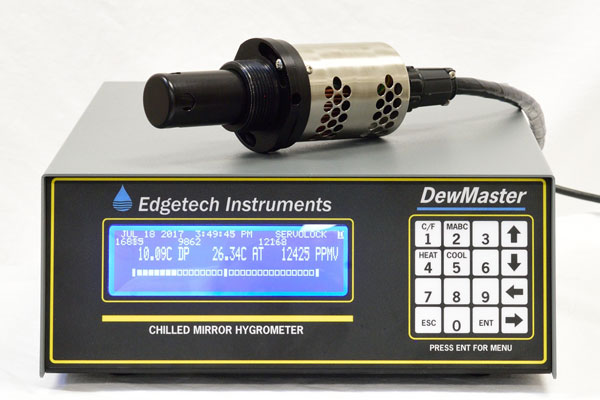Documenting Process Calibrator, LR-CAL LPC 300
The LR-Cal LPC 300 electronic pressure calibrator (documenting process calibrator) is used for highly accurate calibration and adjustment of pressure measuring instruments of all types: analog pressure gauges, pressure transmitters, digital pressure gauges, pressure switches, and many more.
The LR-Cal LPC 300 represents a particularly user-friendly and accurate, compact solution for pressure comparison calibrations. The built-in precision reference pressure sensor LR-Cal LPC-S is interchangeable, so that several measuring or test ranges can be realized with only one device. Pressure ranges from -1…+20 bar up to bar to 0…1,000 bar are available with an accuracy of ±0.025% FS.
The LR-Cal LPC 300 electronic pressure calibrator (documenting process calibrator) is used for highly accurate calibration and adjustment of pressure measuring instruments of all types: analog pressure gauges, pressure transmitters, digital pressure gauges, pressure switches, and many more.
The LR-Cal LPC 300 represents a particularly user-friendly and accurate, compact solution for pressure comparison calibrations. The built-in precision reference pressure sensor LR-Cal LPC-S is interchangeable, so that several measuring or test ranges can be realized with only one device. Pressure ranges from -1…+20 bar up to bar to 0…1,000 bar are available with an accuracy of ±0.025% FS.
The electronic pressure calibrator (documenting process calibrator) LR-Cal LPC 300 measures pressure, current and voltage and provides 24 VDC auxiliary power. Test procedures can be predefined and executed e.g. on site (following DKD guidelines!). The LR-Cal LPC 300 has a USB and a RS232 interface and is powered by a built-in high-performance lithium-ion battery (without “memory effect”). A plug-in charger is included in the scope of delivery.
Features
- Accurate, robust, compact, high resolution
- Pressure ranges from -1…+20 bar to 0…1,000 bar
- Interchangeable reference sensors LR-Cal LPC-S
- All common pressure units selectable, plus one user-definable unit
- Conversion in the display from pressure to current or voltage
- Conversion in the display from current or voltage to pressure
- Calibration data storage (integrated real-time clock)
- Pressure switch test function (switch point setting + hysteresis)
- Plain language operator guidance (languages: German, English, French, Italian and Spanish)
- Large backlit color display
- Auxiliary power supply output 24 VDC (max. 50 A) for pressure transmitter as test item
- USB and RS232 interfaces
The LR-Cal LPC-S reference sensors have a welded stainless steel diaphragm, they are therefore also suitable for aggressive media that do not attack stainless steel.
The LR-Cal LPC 300 has a full numeric keypad as well as a cursor block. This makes operation and data entry particularly simple and user-friendly.
Adjustable basic parameters:
The LR-Cal LPC 300 allows the setting of various basic parameters, e.g. input of ambient temperature, height difference to the test object (keyword “oil column”), operator language, setting of the integrated real-time clock, display settings, battery saving settings (“Powersafe”), display of remaining battery capacity, tare value (offset), display min/max values, alarm values, digital software filter for display smoothing, USB and RS232 interface settings.
The LR-Cal LPC 300 Electronic Pressure Calibrator (documenting process calibrator) has various operating modes:
MEASURING operating mode:
In this mode, the following are displayed simultaneously: reference pressure, pressure value of the DUT (for transmitters), output signal of the DUT (for transmitters), deviation in the pressure unit, deviation in % from the final value of the DUT. Thus, an immediate assessment of the measurement uncertainty of the DUT is possible.
First of all, the DUT is defined: mechanical (e.g. manometer) or electronic (e.g. pressure transmitter), start of measuring range, end of measuring range of the DUT, accuracy class of the DUT, from final value or from measured value, pressure unit of the DUT, type of measurement (relative or absolute), test medium (gaseous or liquid) and whether the DUT is to be supplied with 24 VDC.
Then the comparison calibration can be carried out. The following is displayed: measuring range of the reference, actual pressure, output range of the test item, signal output by the test item (in the case of transmitters, in the case of pressure gauges as test item, the reading value can be entered via the numeric keypad), deviation of the test item in the pressure unit, deviation of the test item in % of the test item. This makes it possible to see at a glance whether the test item meets its specified accuracy class or not.
CALIBRATION operating mode:
In this mode, calibration procedures can be predefined and calibration items can be managed. A calibration procedure consists of the same information as in the “MEASURE” mode, but also the numerical name of the calibration procedure, test item number, measuring point number, number of test points, dwell time (in seconds) between the test points (this enables calibration in accordance with DKD Guideline 6.1!).
Up to 16 calibration objects with 32 test points each can be managed in the device.
These predefined calibration procedures can then be processed later, e.g. directly on site. The values are stored in the device and can then later be transferred to a PC via the USB or RS232 interface.
Direct assessment of the test items is also possible in this mode (as in the MEASURE mode). In addition to the test point and actual value of the DUT, the target test point according to predefined calibration procedure is also displayed for checking.
The data can be imported with the optional Windows® PC software LPC300-Cal and printed out as a calibration certificate.
Operating mode PRESSURE SWITCH TEST
After previous configuration (range of the pressure switch and supply with 24 VDC yes/no) the electronic pressure calibrator LR-Cal LPC 300 displays the current switching state as well as the reset difference (hysteresis).
LR-CAL LPC 300

